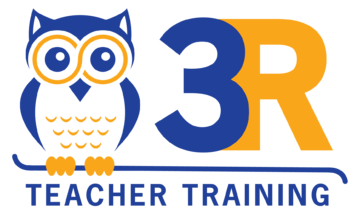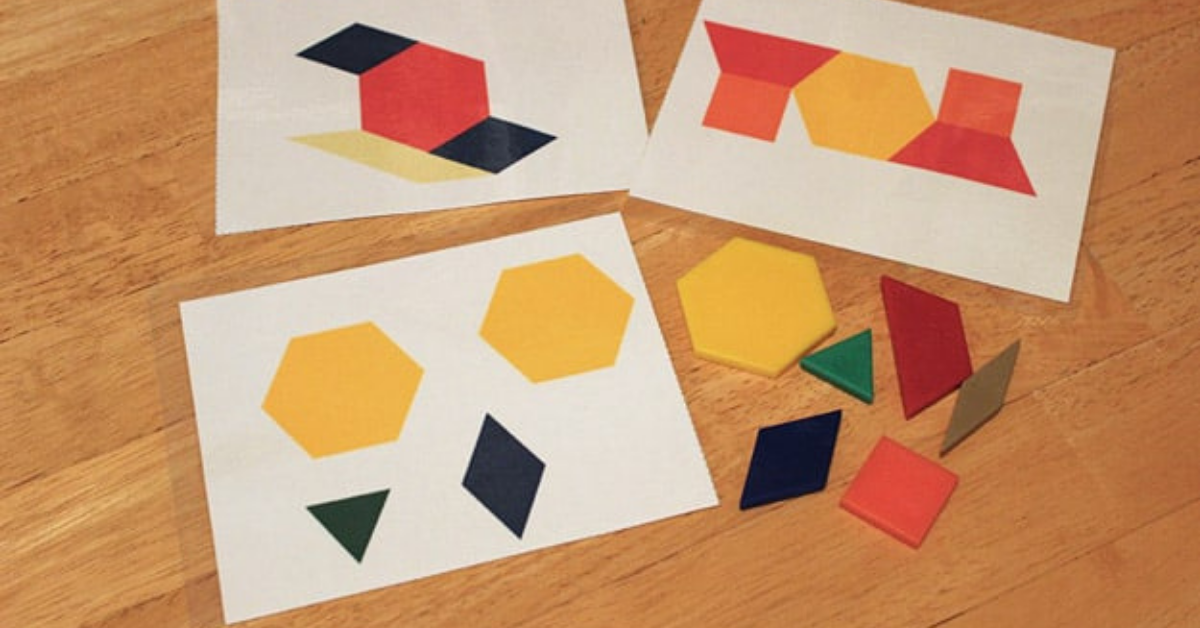In my early days as an educational consultant, I often marveled at the myriad of tools available to educators, each promising to revolutionize how children learn. Yet, one humble tool stood out for its simplicity and effectiveness: pattern blocks. These colorful geometric shapes, often overlooked in the rush for the latest tech gadget, have been instrumental in crafting young mathematical minds for decades.
Pattern blocks, for the uninitiated, are flat, geometric shapes made of wood, plastic, or cardboard. They come in various shapes like hexagons, triangles, and squares, each painted in a distinct color. I still remember my first encounter with them during a classroom observation in the late '90s. The room was excited as children eagerly pieced together these blocks, creating intricate designs and patterns. The advantages of introducing pattern blocks to kindergarteners are manifold however, observations have revealed that when children are given freedom with pattern blocks, they often surpass the expected mathematical goals of the lesson.
Children have showcased diverse methods when using pattern blocks, including:
- Tessellating: Creating a pattern that covers a surface without gaps or overlaps. (K.G.4.)
- Duplicating: Making an exact copy of a shape or pattern. (K.G.1. K.G.2.)
- Replicating: Building something inspired by real-world objects, like an hourglass timer. (K.G.4.)
- Covering: Using pattern blocks to match and cover a given shape or design. (K.G.4, K.G.6.)
Luckily, during the last few decades, I kept journals/reflection notes of my classroom experiences, so I can now easily share them. I can recall during one of my observations, I observed a young boy struggling to fit a triangle into a hexagonal space. After several attempts, he had an ‘aha' moment and realized he needed two triangles. This simple act was a testament to the spatial reasoning and problem-solving skills that pattern blocks can nurture. On another occasion, a teacher shared with me how she used pattern blocks to introduce fractions. She effortlessly introduced the concept of halves by showing how two trapezoids could fit into a hexagon. One of my fondest memories is of a little girl who used pattern blocks to recreate the story of ‘Goldilocks and the Three Bears.' The squares were the bears, and the triangles represented the trees, showcasing the blocks' potential for imaginative play. The act of picking up, rotating, and placing these blocks is excellent for developing hand-eye coordination. I've seen children who initially struggled with grip and placement become adept over time, all thanks to regular play with pattern blocks.
Pattern blocks can be integrated seamlessly into daily lessons. Structured activities can begin with simple tasks like identifying shapes and gradually move to more complex activities like using blocks for basic arithmetic. I recall a teacher who set up a ‘pattern block market' where students ‘bought' and ‘sold' shapes, practicing addition and subtraction in the process. It's essential to allocate time for unstructured play. Children can surprise you with their creativity. I once witnessed a group craft an entire cityscape with just pattern blocks! Collaborative projects foster teamwork, and challenges, like creating a mirror image of a pattern, can be fun and educational.
The biggest challenge in using pattern blocks, you might ask? Like any teaching tool, pattern blocks come with their set of challenges. There's the occasional squabble over a particular shape or color. In such cases, I've found that having a set of rules or rotating the blocks between groups can ensure everyone gets a fair chance. The benefits of using pattern blocks definitely outweigh its challenges! So break out those pattern blocks and allow children to think outside the box, stretch the boundaries of the activity, and demonstrate their mathematical understanding in innovative ways. These opportunities can help children see their interactions as mathematical and foster a deeper understanding of mathematical concepts.

